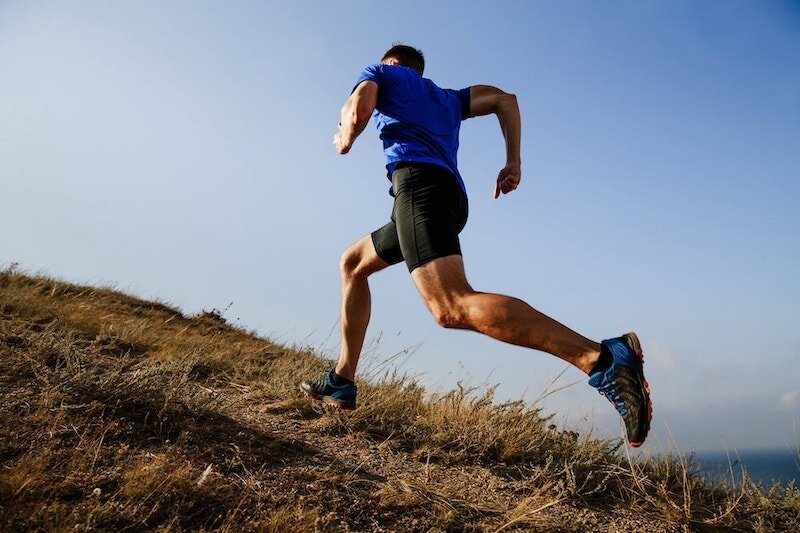COVID Mints New Runners And Running Injuries
Since the COVID-19 pandemic began, I’ve been seeing a steady increase in patients with running injuries, ranging from amateur to professional. Running during this pandemic is not only a method of stress relief but also serves to strengthen our immune system. For those who are starting to run, they should be educated on proper running shoes and body conditioning. For those picking up the pace and experts, it is important to be consistent in training and mileage increase. However, no matter the level of expertise in running, all runners need to be aware of their foot structure and any present deformities in order to prevent injuries and stay strong.
For instance, runners with flat feet have excessive pronation which contribute to injuries that can lead to long term problems. On the other hand, runners with higher arches tend to have pain and discomfort in the ball of the foot and Achilles tendon. Even past sprains and strains in the foot and ankle, knee and back injuries, can affect running form and contribute to further injury and deformity. I see a number of patients who were never diagnosed properly with a limb length discrepancy, which involves a quick tape measure test.
Running shoes should be chosen in the correct category of midsole stability to address running biomechanics. In general, amateur runners should avoid sneakers with very flexible soles and minimalist shoes because they have limited support where it's needed most, in the mid-foot and heel. Also, since gyms are currently closed, most are running on concrete which has little to no shock absorption. Some running shoes that provide an adequate amount of shock absorption or cushioning for running on concrete are HOKA ONE Clifton 7 and Bondi 6, Nike Zoom Fly 3, and New Balance Fresh Foam 1080s.
I recommend getting some type of gait analysis to determine how much support is needed in the mid-foot of the running shoe. This will determine which of the 3 categories of running shoes applies to the runner: "neutral", "stability", or "motion control". This also allows them to ensure that the running shoe chosen will provide adequate support. Gait analysis is often performed in specialty running shops and many sports-oriented podiatry offices.
Another helpful tip is to consider over the counter or custom orthotics. Orthotics are the only devices that place the foot in neutral by providing the correct tilt in the heel as well as arch support. Proper custom orthotics, such the ones made here at Step Up Footcare by Dr. Lobkova can provide the support needed to run without problems. Over the counter orthotics may help, however, since they may be bought incorrectly and they are made of flexible material they provide limited support.


